Village as a Living Being, Infrastructure as its Organ 🛖🤝🫀
A conversation with Sam Smith aka DisruptivelyUseful
Solar Sam, also known as Disruptively Useful on Youtube and Patreon, builds 3d printers that print objects with upcycled plastic, convert human feces into biochar, and wasted plastics into fuel, designs beautiful flat-pack structures for off-grid music festivals, and configures off-grid solar setups for communities such as Mars College.
This is a summary of an interview with Solar Sam, conducted at Mars College 2024.
If you want to have an in-depth read about Sam’s project at Mars College 2024, you can find a detailed documentation article at his Patreon right HERE.
Off-Grid Ultrastructures 🦾
Sam: We’re used to good infrastructure but we also make compromises to enjoy the benefits of the infrastructure these systems provide, right? When we say infrastructure, what we mean is everything that makes it so that we can live our lives. Good infrastructure is dangerously invisible until it goes out. Large scale infrastructure like power lines and hospitals and roads are also controlled by large scale entities, and individuals don't really have a lot of control over.
Nico: Yes, when we talk about solving societal and environmental problems, we cannot ignore the importance of good infrastructure and the coordinations to set them up. Small-scale, off-grid infrastructure becomes crucial to set up lifestyles that are more resilient, inter-dependent from existing systems.
Sam: I’ve been trying to coin a term for this design and I’m thinking to call it ‘ultrastructure‘.
Ultrastructure is the opposite of infrastructure. Infrastructure is invisible, all the wires and the fiber that are below our feet. Ultrastructure can be designed to be augmented and hybridize with the grid so that we have the freedom to transition to off-grid if the grid fails.
Ultrastructure is also a term used in biology to describe the fine structures of cells, specifically the like organelles like the mitochondria and the chloroplasts. I think it’s kind of a fitting analogy, because all of these different bits of machinery are kind of like the organelles in a cell or the organs in a body.
In this design for systems all things become reciprocal, no individual in that system is as useful as the system itself. It's like having a resistor and transistor and a bunch of these electrical components. None of them are nearly as useful as a computer that you can put electricity through, and as it diffuses through the circuit, it does computation and useful work. It's the same thing with solar-powered ultrastructure.
If we see a community, a village is a living, breathing organism, ultrastructures would become the veins and the bones that support this life.
Small Scale, Off-Grid, Open Source, Closed-Loop 😘🤌
Nico: You set up the entire solar power grid at Mars College, we’re running projectors, rave speakers, charging laptops for 40 people and the solar setup has incredibly reliable for an off-grid operation of this scale. How did you get into off-grid solar?
Sam: Prior to coming here I worked at small off-grid solar company specializing in systems for off grid tiny homes. I started getting really interested in solar concentrators and then learned about solar refrigeration, then learned that you could do solar refrigeration with biogas. And then I got really into bio-digesters and I just sort of started getting interested in these small scale, open source, off-grid, closed-loop infrastructure.
These words really resonated with me, and they matter more when put together. These ideas interplay with each other and make each other more effective when pursued in the same context.
The utopian system that I’d like to strive for is an autotrophic system where the only input is sunlight and air, and the system can meet 100% the needs of local inhabitants for ever.
Trash Printers, Biogas Converters, Plastic Fuel
Sam: When I found out about the technology to print with upcycled plastic, I followed the instructions to build a plastic shredder and extruder from Precious Plastic, then I modified the design of the extruder to be on a vertical axis and have a separate motor, so it became the trash printer.
The biogas converter is a sealed vessel with a pressure relief valve that gets heated with a water heating element and has a temperature control system. After heating, you’d cool it to condense the gas, then store it in biogas bags, and it becomes clean fuel as an alternative to gasoline, propane or natural gas with minimal modification. So essentially, biomass waste such as our poop, is turned into fuel.
The plastic fuel is the most recent experiments that I’m working on. I was able to convert some polyethylene and polypropylene plastic into some sort of unrefined ‘plastic’ diesel. I’m not gonna go into too much details here because it’s still an experiment and I’d really like to encourage people to proceed with caution, but the experiment did prove that this is possible, it’s just a matter of development to find ways of doing it that is both efficient and safe.
If done right, then we can turn plastic waste into energy, the byproduct that’s released into the atmosphere in this process would be just CO2 and water vapor which is bioavailable compounds that can grow into new things. I think this is quite poetic gesture to give back to nature 🌱 if we can get the formula right.
The key here is to think about waste not as waste. With just a few simple steps of repurposing, everything can be a resource.
Off-grid Solar and a ‘VillageOS’ Video Game
After I was done setting up Solar grid this year at Mars College. I’ve also set up monitoring for our solar grid with Home Assistant. We have been recording data and interacting remotely with the data.
We have the solar input, battery storage capacity, the current wattage, energy, temperature. We also know how much energy each device requires, from water boilers to trash printers. We've got smart plugs that can control lights, turn things on and off, but they also do power monitoring.
We can put those on the individual device level to monitor things like an InstaPot or water kettle and how much energy it consumed. For example, it takes about 300 to 400 watt hours to cook food for 12 people with one InstaPod, so one 300-400 watt solar panel in the sun all day is enough to feed 12 people efficiently.
We know exactly how many kilowatts of energy we use over the course of all of Mars and every day. And we can compare day to day so we can beat our high scores.
I love the idea of monitoring the whole system as a video game that gives you real time feedback with an intuitive customizable user interface, so I built this in the Godot game engine.
The goal for all these design is obvious — zero power failures. At least now we're at the point where we can monitor them and assess the cause for under-performance and failures.
The game has day & night cycle simulation designed. I love how when you speed it up, it almost looks like the heart beat of a creature.
See One, Do One, Teach One ✨
On my journey of exploring off-grid communities, I often stumble upon groups with Utopian ideologies — ‘this world is not working for us so we decided to build something better’ or ‘the grid sucks so we should move away from the grid’
There are parts of these ideologies that are beautiful in a sense the pursuit of something better pushes us to look outside of the box. But there are also parts of these pursuits that can steer away from compassion for mistakes and acceptance of progress.
When we talked about building our own ‘Protopias’, what they are, why, and how, this is what Sam shared:
I wouldn't say that we're changing the world, you know, but we're changing our world, and our world is part of the bigger world.
I'm not telling people how you should live, but if this sounds pretty good for you, you can check the documentation. Also, if you don't know how to build it, that's fine, all the resources to learn are open and free. See one, do one, teach one.
I like to openly share disruptively useful information that can be useful in building off-grid resilience. This doesn’t need marketing and I don’t want to have to convince anyone that they should ‘do this life’, that’s something for individuals to decide on their own.
But when I was getting started it took me a while to gather all the right information, and it was a lot of research. So a part of my mission, aside from building what I build, is to make this information, as well as my own experiences, trials and errors, readily and openly available to anyone who needs it.
That’s it for today’s article. Sam posts the majority of his learnings on his Patreon which supports him to continue dedicating time to his research and experiments. We just became his patron not so long ago. Join us to support Sam if the content in this article resonates with you ;)
Until next time! 😘





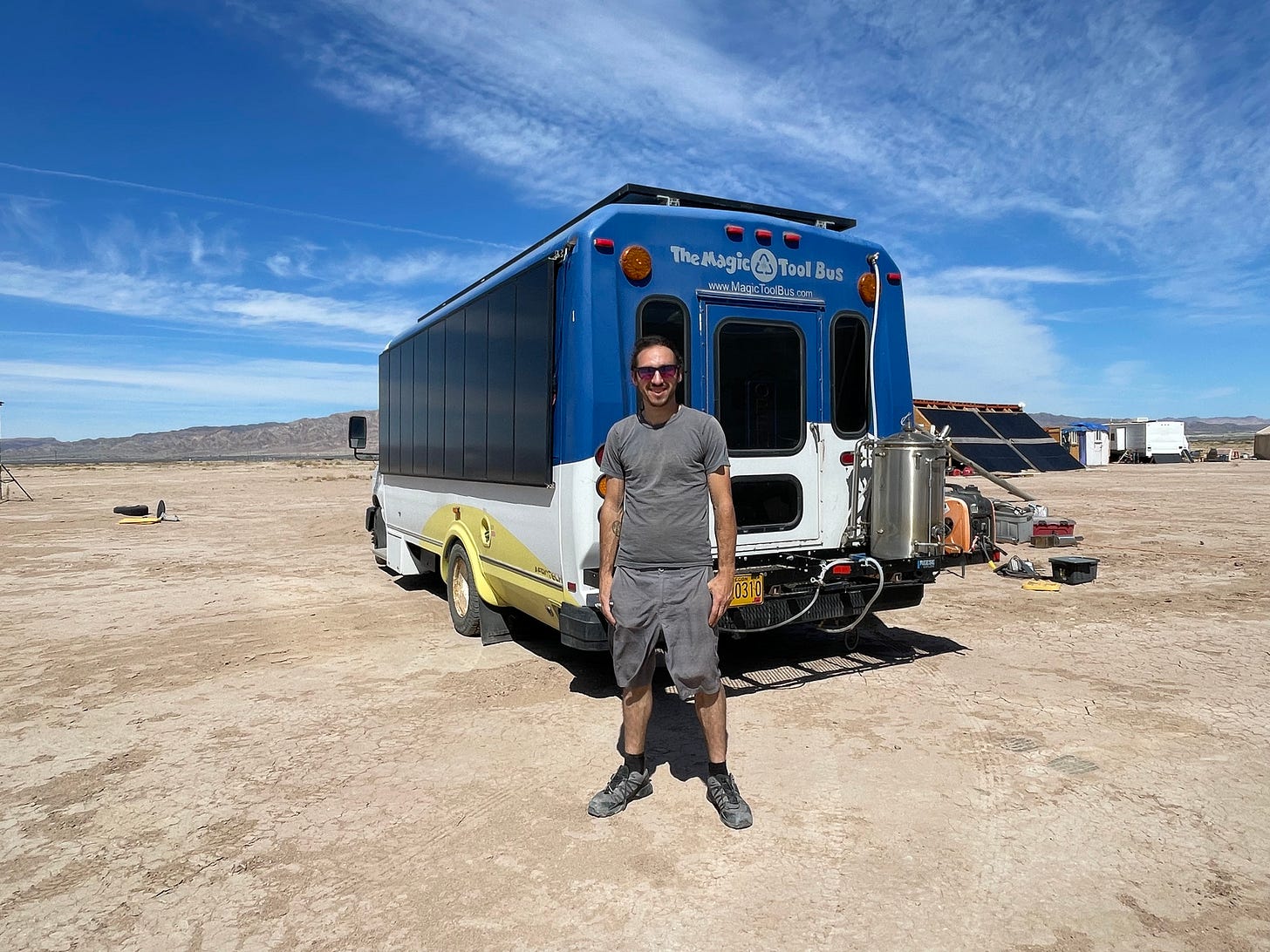
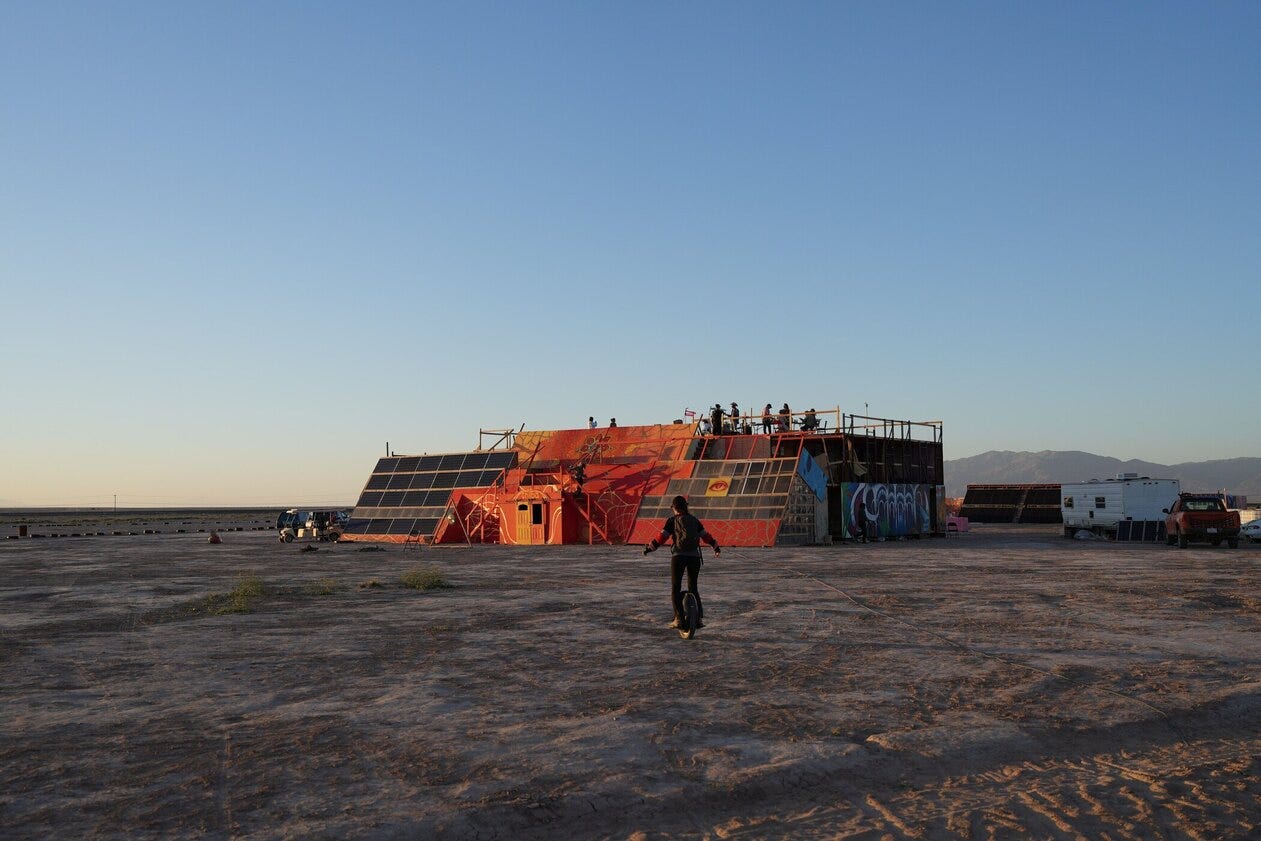

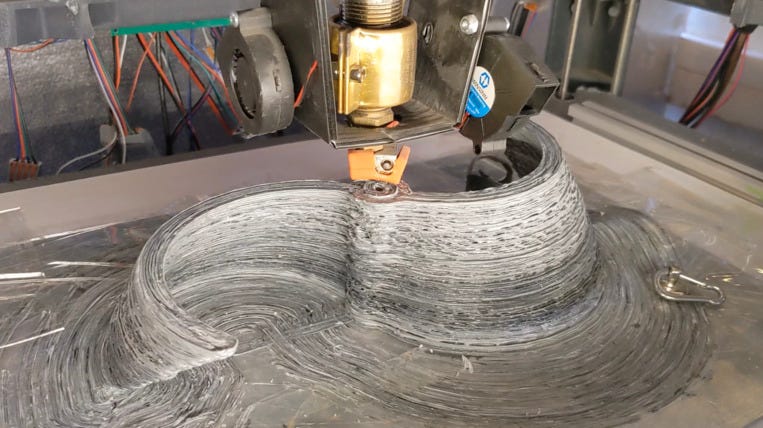
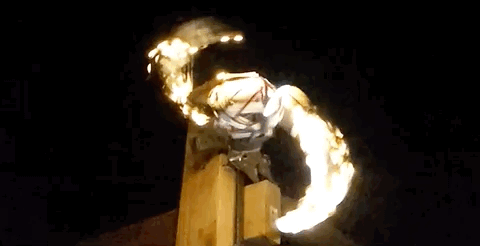
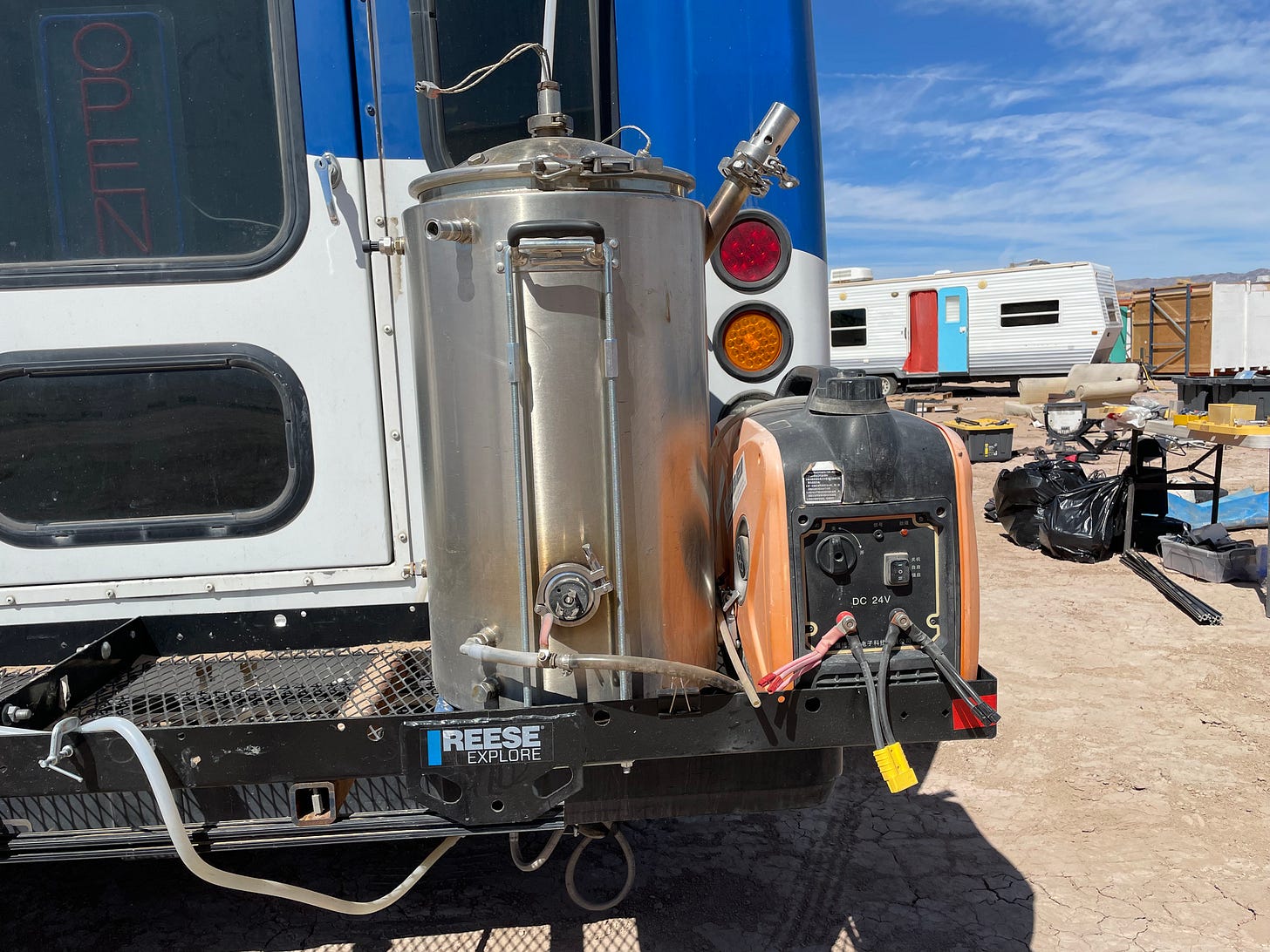

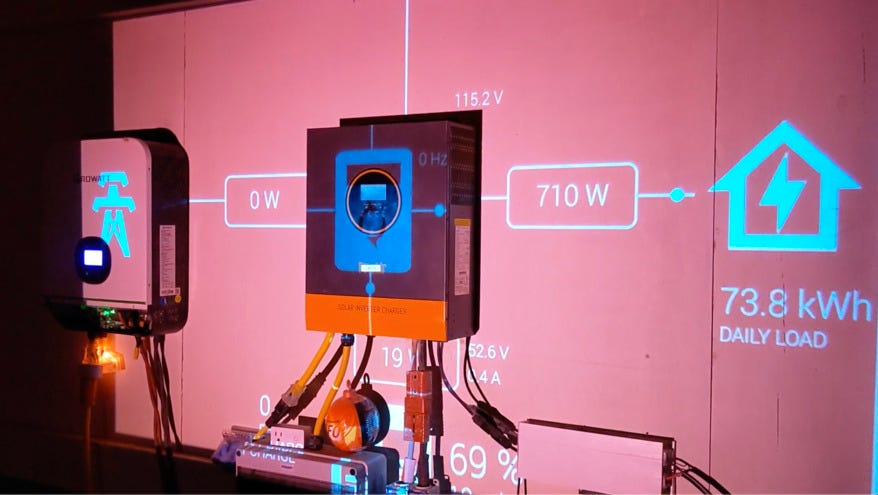
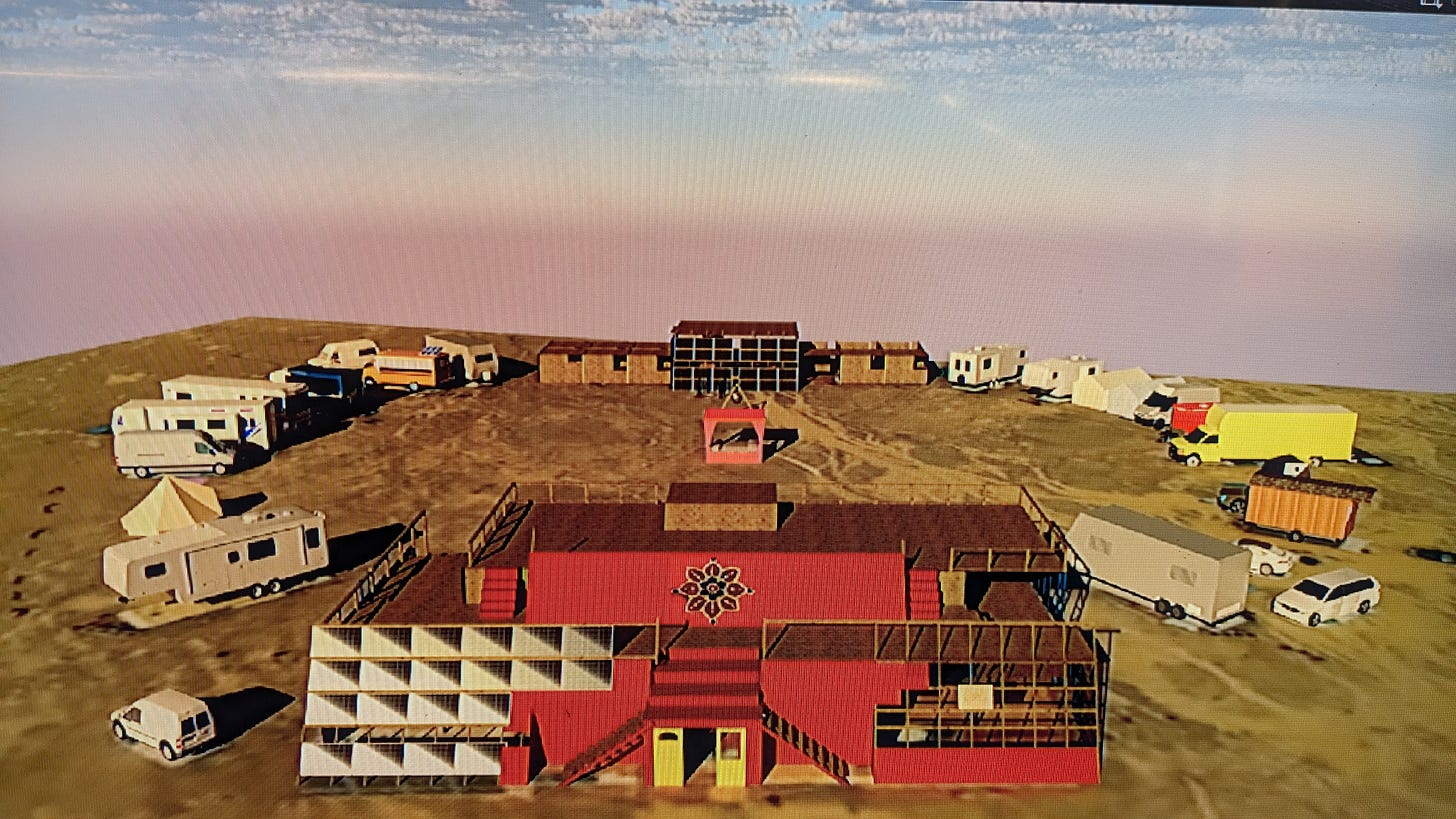
Thank you! I'm going to go follow Sam now, too!
People like Sam are so inspiring! 💙